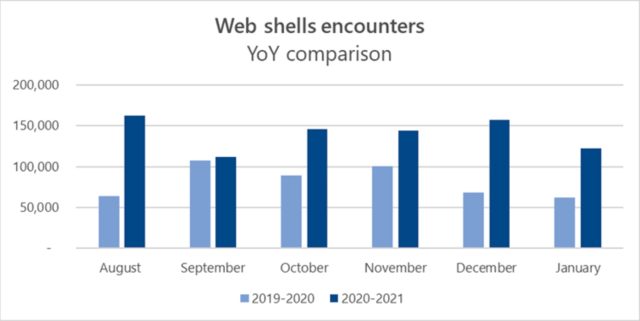-
chevron_right
ZuoRAT Malware Is Targeting Routers
news.movim.eu / Schneier · Thursday, 30 June, 2022 - 20:04
Wired is reporting on a new remote-access Trojan that is able to infect at least eighty different targets:
So far, researchers from Lumen Technologies’ Black Lotus Labs say they’ve identified at least 80 targets infected by the stealthy malware, including routers made by Cisco, Netgear, Asus, and DrayTek. Dubbed ZuoRAT, the remote access Trojan is part of a broader hacking campaign that has existed since at least the fourth quarter of 2020 and continues to operate.
The discovery of custom-built malware written for the MIPS architecture and compiled for small-office and home-office routers is significant, particularly given its range of capabilities. Its ability to enumerate all devices connected to an infected router and collect the DNS lookups and network traffic they send and receive and remain undetected is the hallmark of a highly sophisticated threat actor.
More details in the article.







